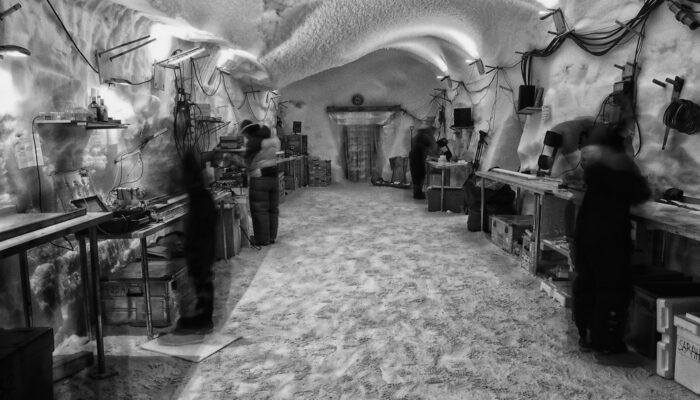Open access publishing has become common practice in the science community. In this guest post, David Fernández-Blanco, a contributor to the EGU Tectonics and Structural Geology Division blog, presents one facet of open access that is changing the publishing system for many geoscientists: preprints. Open access initiatives confronting the publishing system The idea of open access publishing and fr ...[Read More]
Imaggeo on Mondays: Science in the Arctic trenches

Pictured here are climate scientists processing ice core samples in the East Greenland Ice-core Project (EastGRIP) science trench 10 m under the surface of the Greenland ice cap. The trenches of this ice core camp require minimum building materials, utilising giant inflatable balloons that are dug in and covered with snow. The snow is left to compact for a few days, thereafter leaving back an arch ...[Read More]
How to make a planet habitable
Exoplanets without plate tectonics could harbour life, contrary to previous belief For a planet to be habitable, it needs a stable climate. On Earth, the movement of tectonic plates ensures old crust is recycled and new crust is created and weathered. This cycling of rock consequently overturns the planet’s carbon, which keeps the climate in check. While we have plate tectonics on Earth, many othe ...[Read More]
Life after geoscience
After spending 13 years (give or take) at school you are faced with a tough decision: what to study at University (if anything at all, the academic path may well not be for you)? You sift through a bunch of university prospectuses and try to plan your future. Of course, lots of things can change, prior to, during and after you finish your studies. Nevertheless, there is no harm in starting to plan ...[Read More]



